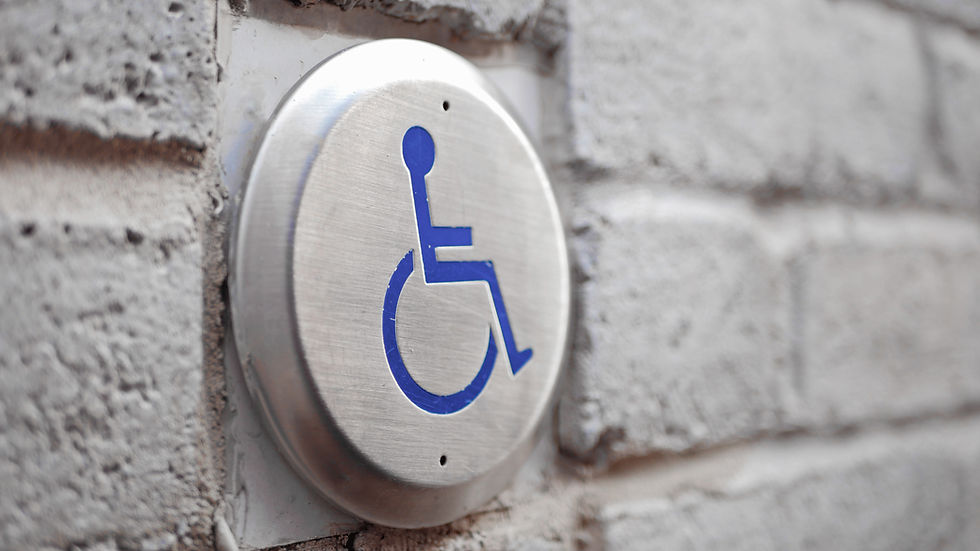IDEA Throughout The Years
- Sam Shepherd
- Mar 26, 2024
- 2 min read
Updated: Jul 23
The Individuals with Disabilities Education Act, or commonly referred as IDEA, was a landmarking law upon its arrival in 1975. It has continuously evolved over the years. Here are some major points of IDEA's evolution.
1975
The Education for All Handicapped Children Act (EHA) was passed, as it was originally called this as signed into law by President Ford. This was a landmark milestone in the disabilities rights movement, which would later evolve into the Individuals with Disabilities Education Act, otherwise referred to as IDEA. The EHA allowed public education to millions of children with disabilities. Prior to this Act, most children with disabilities weren't allowed in public schools. While this Act opened a new door of opportunity for many individuals with developmental disabilities, there was still much progress that still needed to happen.
1986
This reauthorization was added to implement early intervention from birth as opposed to the age of three as previously written under law. This allows families to have the services that they need right when their child is born. This was an extremely important addition to IDEA so that suports are provided as soon as possible for families that need those supports.
1990
This reauthorization changed the name from EHA to the Individuals with Disabilities Education Act IDEA, as it is titled today. In addition, Autism and Traumatic Brain Injury (TBI) were added as new disability categories. Today, there are currently 14 categories of disability under IDEA. Last, as a part of an IEP for each student, an Individual Transition Plan (ITP) must be created in assistance to students transitioning to life after age 21, when special education legally reaches its end point. the ITP is vital in helping individuals prepare for their adult life.
1997
This reauthorization gave parents the opportunity to attempt to resolve issues via mediation with schools, while providing a process for doing so. Mediation is a valuable instrument added within IDEA for families to utilize as needed. This reauthorization also gave states the authority to expand the term "developmental delay" until the age of nine. In addition, this update had an emphasis on access for students to the general curriculum.
2004
This reauthorization broadened early intervention services to allow children not identified within special education to receive additional supports in the classroom as needed. This reauthorization also added greater accountability and improved educational outcomes as well as raising the standards for special education teachers.
Today
IDEA is often referred to as the backbone of special education. There have been multiple minor revisions as well as clarifications added to IDEA since 2004, and will continue to evolve overtime as needed.



